Photograph; Chicago Public Schools released data on Tuesday showing privately-run charter schools expel students at a vastly higher rate than the rest of the district. (Posted on: February 26, 2014)
Disparity sure to become fuel in ongoing education debate
As it continues to modify strict disciplinary policies in an effort to keep students in the classroom, Chicago Public Schools on Tuesday released data showing privately run charter schools expel students at a vastly higher rate than the rest of the district.
The data reveal that during the last school year, 307 students were kicked out of charter schools, which have a total enrollment of about 50,000. In district-run schools, there were 182 kids expelled out of a student body of more than 353,000.
That means charters expelled 61 of every 10,000 students while the district-run schools expelled just 5 of every 10,000 students.
It’s the first time the district has released student suspension data for every school and also the first time it has released data on expulsions for charters. For charter critics, the numbers will buttress long-standing complaints that the privately run operations push out troubled students, allowing their schools to record stronger academic performances.
CPS chief Barbara Byrd-Bennett acknowledged the figures will become additional fuel in the ongoing debate over charters in the city.
“I think there’s been a lot of supposition and conversation about what and how the charter success is measured, whether they throw kids out or they keep kids in,” Byrd-Bennett said. “I think having the data is going to now lead to productive conversations.”
Andrew Broy, president of the Illinois Network of Charter Schools, noted that the data show several charter schools do not have high expulsion rates, and discounted the argument that charters use discipline to improve their academic record.
“There’s some above and some below the district average,” Broy said. “You can’t make the argument that expulsions themselves are causing the overall school performance to increase because the (small percentage of) expelled students will not meaningfully change how well students did overall.”
Still, expulsion rates at some of the most touted charter schools were striking. At three campuses in the Noble Network of Charter Schools, which has faced backlash over its disciplinary approach, anywhere from 2 percent to nearly 5 percent of students were expelled in the last school year.
At Urban Prep Academies, which annually boasts a nearly perfect college acceptance rate, more than 3 percent of the student body was expelled during the last school year at three campuses. At district-run schools, just over 0.05 percent of the student body was expelled last year.
So far this year, charter schools already have expelled 151 students, nearly three times the number at district-run schools.
The data released Tuesday also showed that African-American students face a higher rate of disciplinary action in the district. Last school year, approximately 75 percent of all suspensions were handed to African-Americans, a group that makes up about 41 percent of CPS’ student body. (Suspended students are allowed to return to school, as opposed to students who are expelled.)
“Until we called out the numbers, until we had deep conversations with people in schools about the racial disparity, I don’t think people understood it as such,” Byrd-Bennett said of the high rate of suspensions for black students. “There’s something going on here, and we need to address it.”
Byrd-Bennett on Tuesday said she inherited “a really punitive zero-tolerance code of conduct” and that the district will continue to seek to reduce the number of students who are suspended and expelled.
“This is a major goal this year that will not drop off the screen,” Byrd-Bennett said.
Broy said charters will work with CPS to bring down expulsion rates in the privately run schools, and he in turn hopes to share some behavioral programs that have been successful at charter schools with the district.
Last month, the U.S. Department of Education and U.S. attorney general’s office released national guidelines on student discipline codes, acknowledging many urban school districts’ zero-tolerance policies have created school-to-prison pipelines.
See Video
“There’s documented research out there that shows these policies increased the chance of students going to prison, worsened the school climate, predicted a high rate of misbehavior in the future and increased dropout rates,” said Jason Sinocruz, an attorney with the Washington-based Advancement Project, a civil rights organization that has focused on disparities in school discipline.
“With Chicago, it’s always been a challenge getting data, and in the past the data that was available showed Chicago is among the worst in terms of its discipline code and certainly among the worst for large cities,” Sinocruz said.
In 2012, CPS revised its discipline policy, eliminating out-of-school suspensions for all but the most serious infractions. The district also did away with mandatory 10-day suspensions.
Officials plan to further cut the types of infractions that can lead to suspensions along with reducing the subjectivity in the discipline code and better defining vague terms such as “defying authority.” They also hope to expand restorative justice programs, which despite CPS efforts only exist in about 60 schools.
Sinocruz said some of Chicago’s charter schools are known nationally for having rigorous discipline policies, but until now there were no data to back up the qualitative accounts.
Mariame Kaba, the founding director of Project NIA, a local group that focuses on reducing youth incarceration, that worked with a coalition of community and student groups to change the district’s discipline code, praised CPS for “being transparent around school discipline data.”
“CPS has taken a big step,” she said.
But Kaba agreed that more needs to be done and that the district needs to push for charter schools to follow district student codes.
“There’s tons of informal ways students are being expelled; either they’re being counseled out or it’s strongly suggested they leave without putting them through a formal process,” Kaba said. “The same thing is happening in traditional schools, but not to the same degree as in charters.”
Copyright © 2014 Chicago Tribune Company, LLC
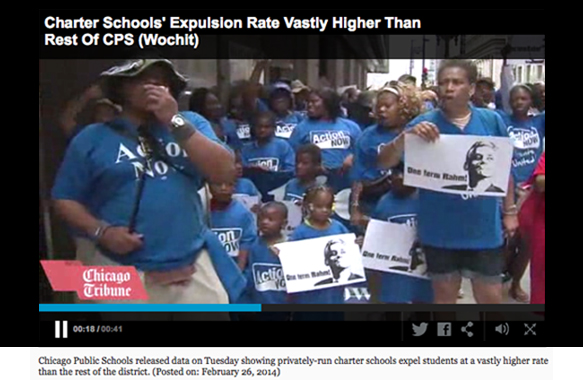






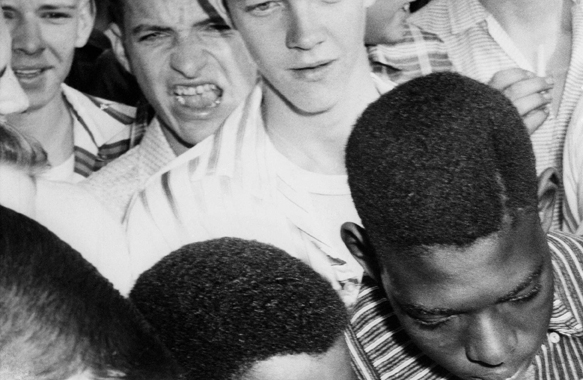
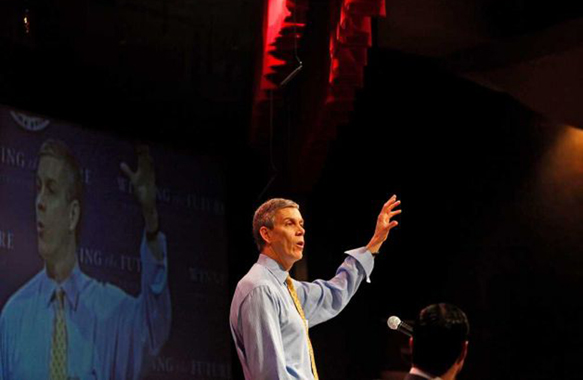

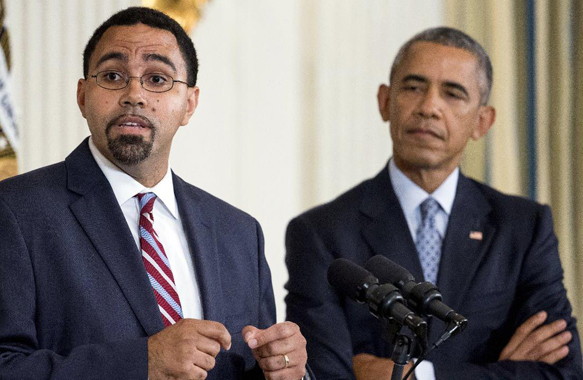
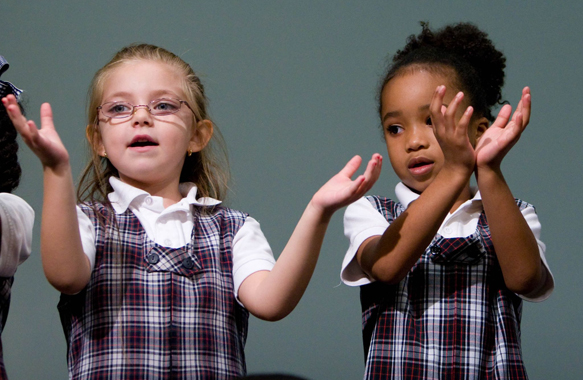
Leave A Comment